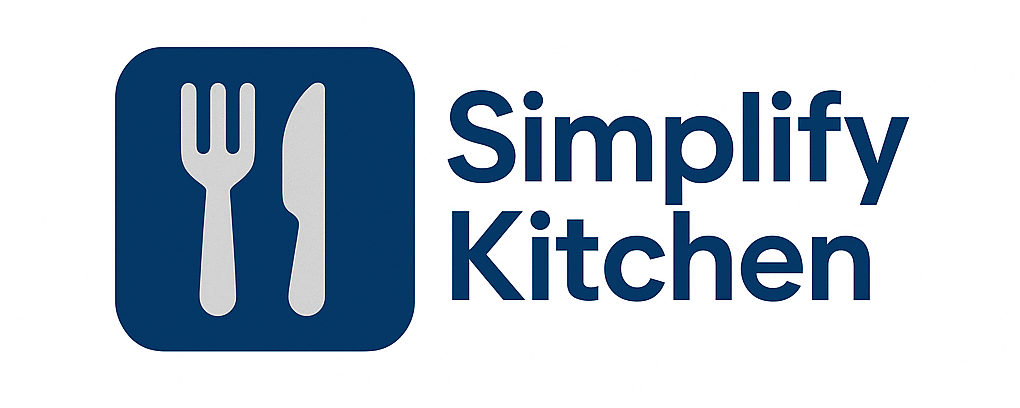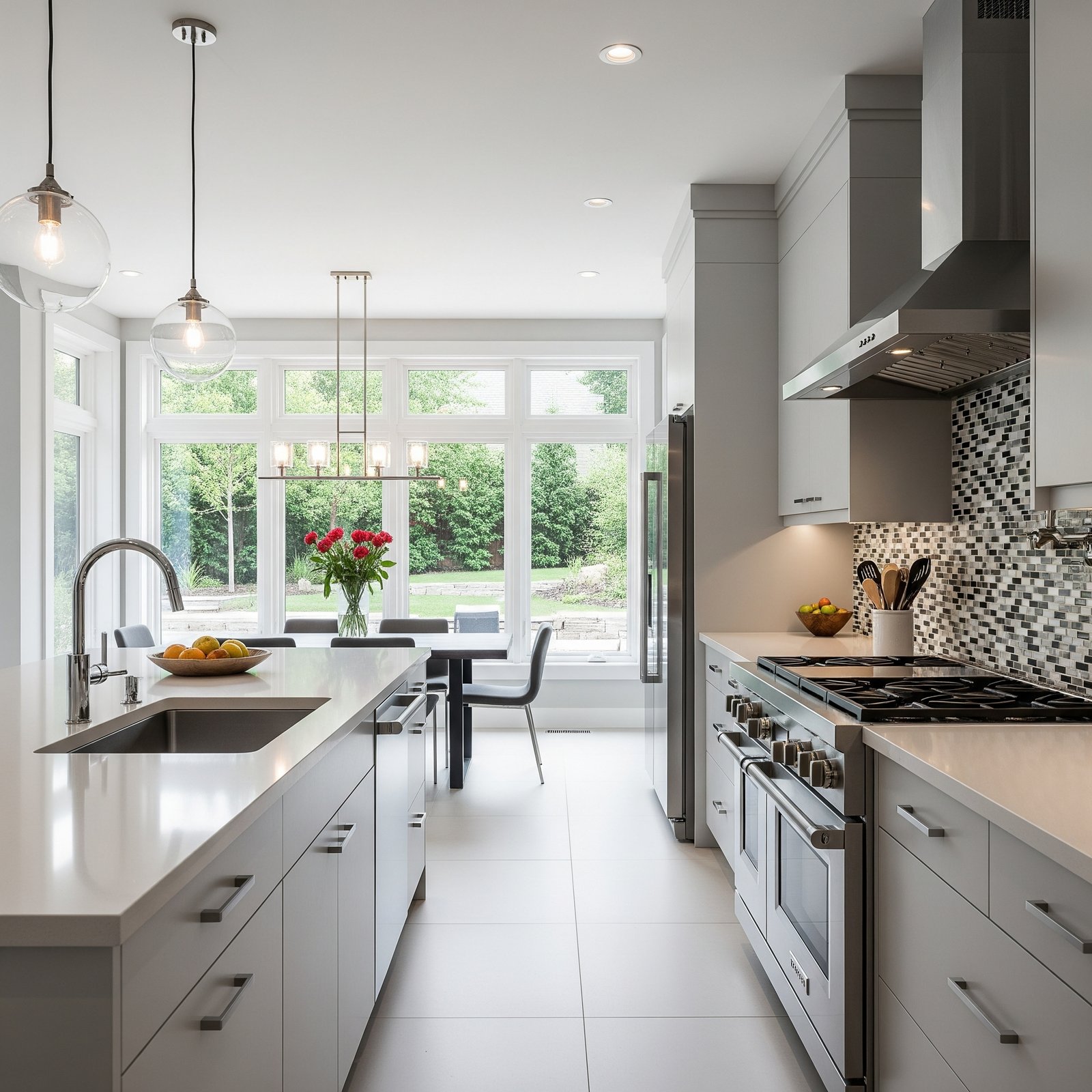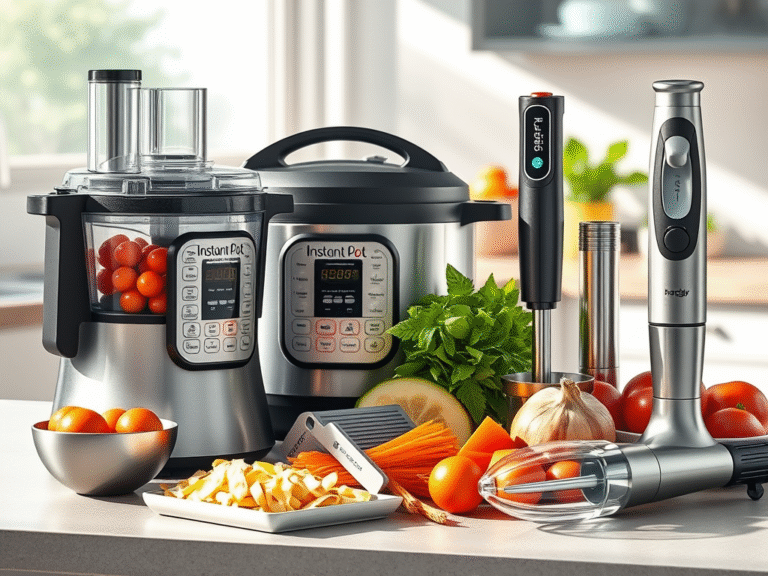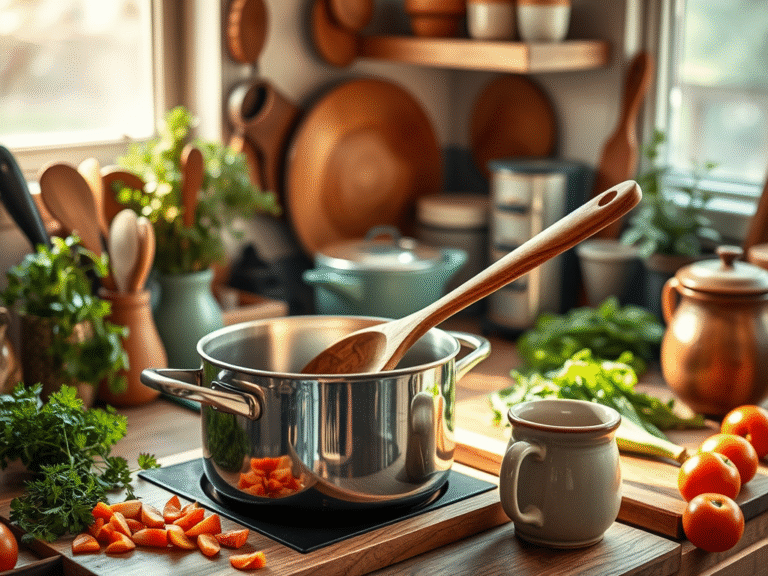A Step-by-Step Guide to a Clutter-Free Culinary Space
In today’s fast-paced world, simplifying your kitchen isn’t just about aesthetics — it’s about creating a functional, stress-free space where you can cook, clean, and enjoy time with family. Whether you’re a busy parent, a minimalist, or someone who just wants to make life easier, a simplified kitchen can help reduce decision fatigue and increase efficiency.
Here’s a practical step-by-step guide to help you simplify your kitchen — without sacrificing style or function.
1. Start with a Declutter Session
Before you can simplify, you need to eliminate what’s unnecessary.
Ask yourself:
- Do I use this item at least once a week/month/year?
- Do I have duplicates?
- Is it broken or outdated?
Tips:
- Get rid of old gadgets you haven’t used in a year.
- Donate extra utensils, pots, and dishware.
- Recycle expired food and spices.
Pro Tip: Work one drawer or cabinet at a time to avoid getting overwhelmed.
2. Create Kitchen “Zones”
Think of your kitchen as different zones based on activities:
- Cooking Zone: Store pots, pans, and utensils near the stove.
- Prep Zone: Keep knives, cutting boards, and mixing bowls in one area.
- Cleaning Zone: Organize soaps, sponges, and towels under the sink.
- Coffee/Tea Station: Group mugs, coffee, tea, and sugar in one spot.
This makes movement efficient and reduces clutter by keeping related items together.
3. Minimize Appliances
Appliances can take up valuable counter and storage space.
Ask:
- Can I replace two appliances with one? (e.g., an Instant Pot instead of a rice cooker + slow cooker)
- Do I really use my blender or bread maker?
Solution: Keep only the essentials and store infrequently used items in cabinets or closets.
4. Use Clear Storage and Labels
Clear containers help you see what you have and reduce food waste. Labels bring order and save time.
Ideas:
- Use glass jars or BPA-free plastic containers for pantry staples.
- Label shelves, containers, and bins for easy access.
Bonus: It looks neat and makes grocery shopping easier because you know exactly what’s low.
5. Go Vertical and Maximize Hidden Spaces
Use all your space wisely:
- Install hooks or magnetic strips for knives and utensils.
- Add stackable shelves inside cabinets.
- Use the sides of cabinets or the fridge with adhesive organizers.
This helps you avoid cluttered countertops and creates space for only what you use daily.
6. Practice the “One In, One Out” Rule
To keep your kitchen simple over time, make it a habit:
Every time you bring in something new, remove one item.
This prevents clutter from creeping back in.
7. Keep Counters Clear
Clear counters not only look better but also make cleaning faster.
Only keep what you use daily — like a coffee maker or fruit bowl — on the counter. Everything else? Tuck it away.
8. Simplify Your Meal Routine
A simplified kitchen goes hand-in-hand with simplified cooking.
Try:
- Weekly meal planning
- Batch cooking
- A limited grocery list with staple ingredients
This reduces stress, saves money, and keeps your kitchen focused and functional.
Final Thoughts
Simplifying your kitchen doesn’t mean stripping it of personality — it means creating a space that works for you. It’s about functionality, flow, and feeling at peace when you walk into your kitchen.
By decluttering, organizing by zones, minimizing tools, and maintaining new habits, you can transform your kitchen into a place where simplicity fuels creativity — and not chaos.




















